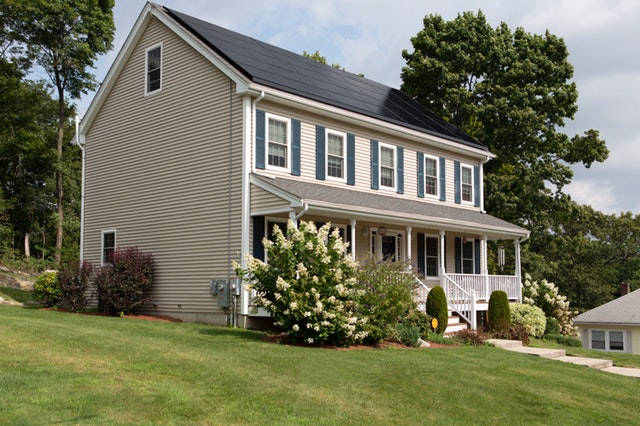The Impact Of The New Housing Construction Boom
 New housing construction starts reached a record high in December 2019 going up 16.9%. This represents a seasonally-adjusted annual rate of 1.608 million homes last December, which beat the record set in December 2006, 13 years ago, according to CNBC.
New housing construction starts reached a record high in December 2019 going up 16.9%. This represents a seasonally-adjusted annual rate of 1.608 million homes last December, which beat the record set in December 2006, 13 years ago, according to CNBC.
This was surprising news, as predictions made before the end of the year were that housing starts in December would reach only 1.375 million homes.
Experts say the current housing construction boom in the United States gets its support from the easy mortgage financing available and positive consumer expectations about the economy.
What Does The New Housing Boom Mean To Buyers And Sellers?
It is a wonderful time to be a home builder, except that builders are experiencing a shortage of construction labor and less availability of low-priced building lots. Nevertheless, there are plenty of interested buyers, especially for modestly-priced starter homes that very desirable for first-time homebuyers.
If you are one of these interested buyers, then, make sure you stand out from the crowd. Be sure to get your credit history in order so that any mistakes are corrected. Get pre-approved for a loan commitment in writing to be the most attractive buyer to a home builder. You may also have to be patient while waiting for your new home to be built. Put your deposit down and then allow extra time for the process to complete. Builders are extremely busy right now.
Consider Renovating For Resale Value
If you are thinking of selling your home, consider making renovations to bring it up to high-quality standards in a “like new” condition. Many buyers who are paying a premium for a newly constructed home will also consider a newly renovated one. Work closely with your REALTOR® to make sure your renovations have the best chance to add value and increase the resale price.
The Boom Areas
Housing starts were up about 40.8% in December when considered on a year-on-year basis. Single-family homes are the largest portion of the housing market. Those new housing starts increased in the Midwest and the South while decreasing in the Northeast and the West. The Midwest and South are seeing revitalized interest in residential home investments after being stagnant for the previous six quarters.
Summary
As we go forward in 2020, homebuilders’ confidence is slowing slightly but still remains close to levels last experienced in the middle of 1999. The housing market, which represents about 3.1% of the total U.S. economy, is doing its part to support the longest economic expansion on record.
If you are in the market for a new home or interested in refinancing your current property, be sure to consult with your trusted home mortgage professional.

 Real estate, which is a rental property, has the unique characteristic under the tax code of being able to depreciate it and pretend the asset is going down in value, while, if you are a clever investor, you will acquire property that actually increases in value. Additionally, there are other tax advantages for owning a rental property that can help shelter income.
Real estate, which is a rental property, has the unique characteristic under the tax code of being able to depreciate it and pretend the asset is going down in value, while, if you are a clever investor, you will acquire property that actually increases in value. Additionally, there are other tax advantages for owning a rental property that can help shelter income. Many individuals and families are looking for ways to reduce their energy consumption. Running the heater during the winter and the air conditioner during the summer can have significant impacts on someone’s energy consumption and costs. It should come as no surprise that many people are trying to reduce their HVAC usage to save money; however, there is a better way.
Many individuals and families are looking for ways to reduce their energy consumption. Running the heater during the winter and the air conditioner during the summer can have significant impacts on someone’s energy consumption and costs. It should come as no surprise that many people are trying to reduce their HVAC usage to save money; however, there is a better way.